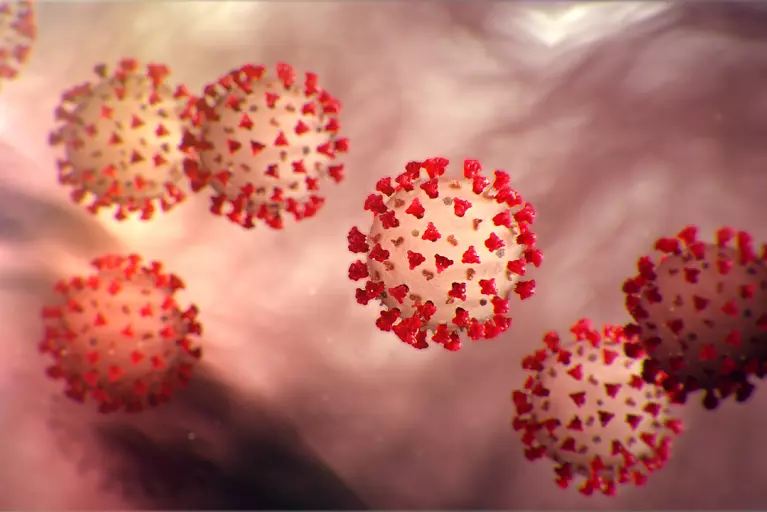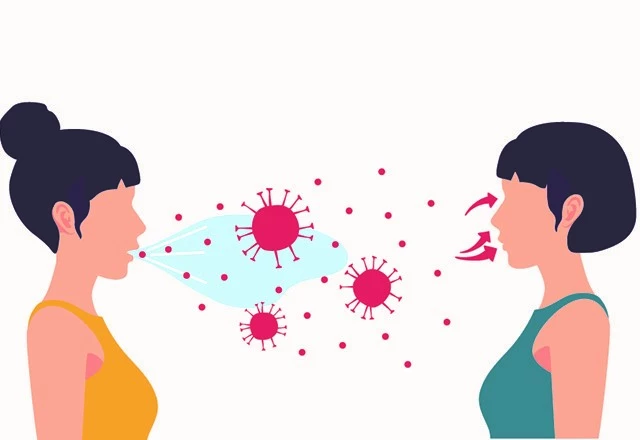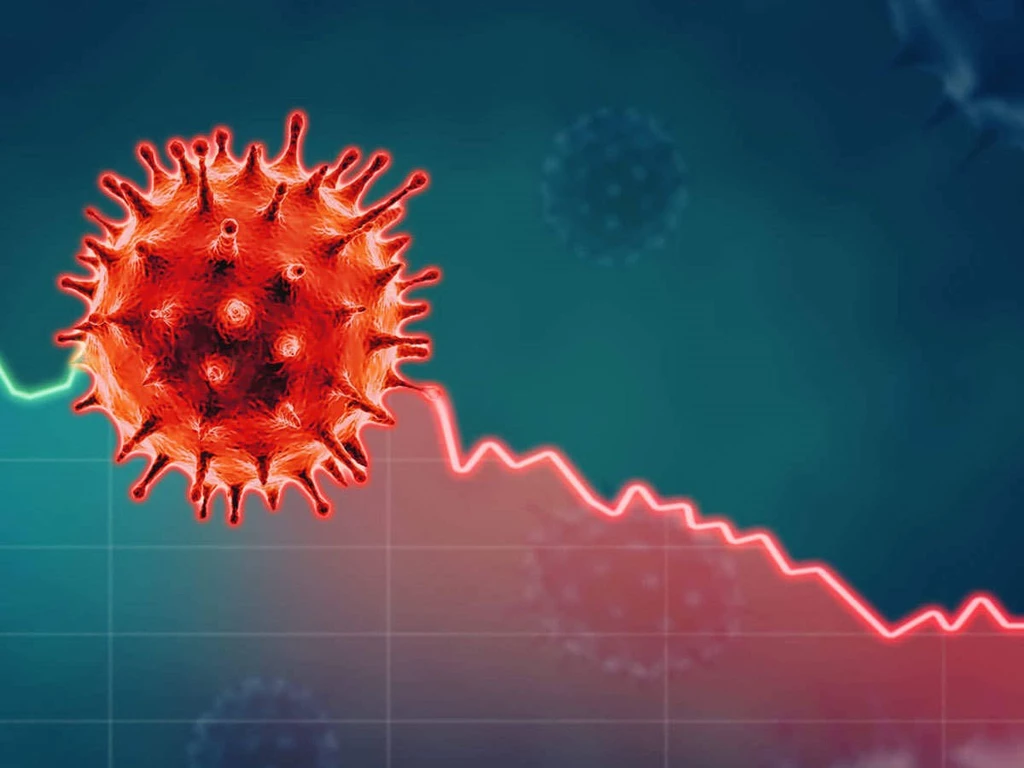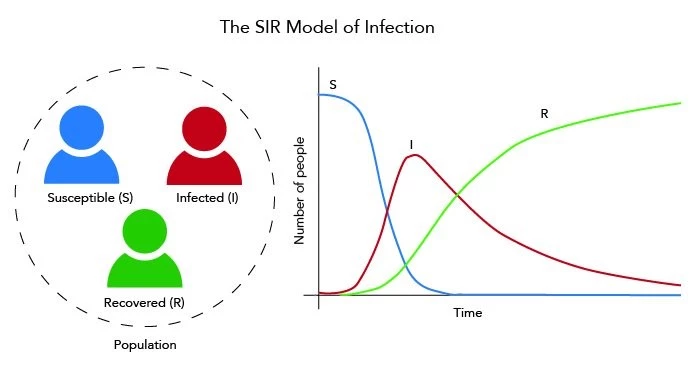Simulation and Modeling are essential decision-making tools that can be helpful in the fight against infectious illnesses affecting humans and animals. However, because every disease possesses its unique set of biological properties, the models need to be customized for each circumstance before they can address actual circumstances.
A mathematical model is an imagined microworld consisting of things following a set of instructions and rules explicitly stated. Mathematics offers a language that allows us to formulate these norms of behavior succinctly and unambiguously.
As a result, mathematics forces and assists us in straightforwardly stating our assumptions. Once a mathematical model has been established, the mathematical analysis may help us study the global behavior of the model, allowing us to draw out the ramifications of the assumptions that we have made. This is commonly accomplished in conjunction with computer simulations.
Therefore, inside the model’s framework, we can generate forecasts about the future of our made-up world and investigate how these forecasts evolve as the rules that control the entities depicted by the model are subjected to various conditions.
What is the coronavirus?

A class of viruses known as coronaviruses can make people sick with respiratory conditions. They are referred to as “corona” because the virus’s surface is covered in spikes resembling crowns. Coronaviruses are one type of virus that may cause illness in humans. They are responsible for diseases such as the mutual cold, severe acute respiratory syndrome (SARS), and Middle East respiratory syndrome (MERS).
Spread of coronavirus

There is a high prevalence of coronaviruses in bats, cats, and camels. The viruses are present in the animals’ bodies but not infect them. There are situations when these viruses can then spread to many types of animals. As the viruses spread to other species, there is a possibility that they will mutate. After enough time has passed, the virus can infect humans after infecting other animal species. In the case of SARS-CoV-19, it is believed that the first persons to get the virus did so while shopping at a food market that offered meat, fish, and live animals.
This was an entirely new condition, as well as a brand-new infection. The World Health Organization (WHO) announced on 30 January 2020 that it is a Public Health Emergency of International Concern. More than 91 percent of cases were in just four countries, and the World Health Organization declared it to be a pandemic.
This pandemic was the first one that was caused by the coronavirus. As of 11 March 2020, the disease had been confirmed in more than 118,000 cases reported globally in 114 countries. No vaccination has been developed, particularly for this virus, that is effective. As of 1 April 2020, there had been an official count of 872,481 cases and 43,275 fatalities.
How do mathematical models work to compute the parameters?
A mathematical model used for spreading infectious disease in a population describes the transmission of the pathogen among hosts. This transmission depends on patterns of contact among infectious and susceptible people, the potential period from being infected to becoming infected, the duration of infectiousness, the level of immunity acquired following infection, and so on.
Once all of the factors have been incorporated into a model, we will be able to make predictions regarding the number of people who are likely to become infected during an epidemic, as well as the duration of the epidemic, the peak incidence, and the entire epidemic curve, which will tell us the expected number of cases at each point in time.
Mathematical models related to the coronavirus

Different mathematical models can be found in the published research that attempts to represent COVID-19’s ongoing development dynamics. Three phenomenological models were presented to produce and evaluate short-term projections of the cumulative number of COVID-19 cases that have been recorded. These models were verified using outbreaks of other diseases distinct from COVID-19. In addition, several additional publications provide models of the SEIR type with minor modifications, and some of these models include stochastic components. COVID-19 is a disease produced by a novel virus that is causing an emergency scenario on a global scale and requires a model that considers the known unique characteristics of the disease.
In particular, it would be helpful to design a model that combines the following, as this would save time:
It considers the effect on persons who are infected but whose infection has not been identified, illustrating that the impact of COVID-19 depends on the percentage of cases that have been detected relative to the actual number of people who are sick.
In this context, the proportion of identified cases over the total number of infected patients is symbolized. You should be conscious that there are a variety of works in the body of published research that present estimations of, in several nations in preparation for the COVID-19 pandemic, the impact of various sanitary and infectiousness conditions experienced by persons who are hospitalized.
We are forecasting the required number of beds in medical facilities (which is one of the significant problems for policymakers addressing COVID-19).
Importance of the SIR Model

How an illness moves through a population over time may be simplified using mathematical models.
Most models used to study epidemics begin by segmenting the population into a limited number of separate areas. Each of these groups contains people equivalent to one another in terms of how they are affected by the disease under investigation. The SIR model’s three different compartments are as follows:
- Susceptible (S)
- Infected (I)
- Recovered (R)
Susceptible is the class of individuals who are sensitive to infection. This can include the passive immune once they lose their immunity or, more commonly, any newborn infant whose mother has never been infected and has not passed on any immunity.
Infected is a situation in which the level of the parasite is sufficiently large within the host, and there is potential for transmitting the infection to other susceptible individuals.
Recovered is the category in which individuals have recovered from the infection.
This epidemiological model well reflects the dynamics of acute infections, which, once recovered from, provide lifetime immunity. Diseases such as measles, smallpox, chickenpox, mumps, typhoid fever, and diphtheria are conditions in which patients might develop lifelong immunity by vaccination. This model can be utilized to study these conditions.
Therefore, if you take population size as a constant, then you will come up with the following equation:
N = S + I + R
It turns out that this straightforward model, which serves as the foundation for a great deal of expansion, may yield some startling forecasts. It is even possible to generate an epidemic curve corresponding to this model by entering the differential equations described above into any software that is capable of providing a numerical solution to differential equations, selecting some values for and along with the initial values S(0), I (0), and R(0), and then click the “Generate” button.
This will predict the percentage of the population that will be infected each day of the epidemic. Additionally, analytical methods make it possible for us to arrive at certain generalizations regarding the solutions to the model.
You can get a few interesting results from this model, such as:
The threshold for the occurrence of an epidemic, if the inequality S(0) R0 > 1, is true, then the number of infected persons will rapidly drop; in other words, an epidemic will not take place. You can quickly note that if S(0) R0 > 1, an epidemic may arise, even though the original number of infected persons was deficient. This is something to keep in mind.
The extent of the epidemic, when it does arise, will not depend on the initial number of infections; rather, it will depend on the initial proportion of susceptible, S(0), as well as the baseline population size, R0. The fact that the final extent of the epidemic will always be severely lesser than the initial fraction of the population that was vulnerable to the disease, S(0), is a critical point to consider here. Because of this, there may be a subpopulation of susceptible individuals whose disease has not infected.
Final Words
The mathematical representation of biological processes enables transparency and accuracy regarding epidemiological assumptions, enabling us to test our understanding of disease epidemiology by comparing model results and observed patterns. This is a significant advantage of using models and is one of the primary reasons their utilization is so widespread.
A model’s ability to provide forecasts about critical concerns, such as the impact of interventions on the progression of the disease, can also be used in the decision-making process. Transmission models are based on the present understanding of the natural history of infection and immunity. This topic should be emphasized since it is an important issue. In circumstances where this kind of knowledge is missing, it is possible to make assumptions about these processes.
It is not always feasible to get insight into the underlying processes by comparing the outcomes of different models since there may be several conceivable mechanisms and, as a result, multiple models that can lead to patterns of behavior that are qualitatively similar. When making predictions based on models, one needs to exercise extreme caution since various models might produce comparable results in one situation while failing to do so in another. In cases like this, the best way is to conduct more epidemiological and experimental research to differentiate between the several probable processes.
Therefore, one of the essential roles that modeling businesses play is that they can alert us to the deficiencies in our current understanding of the epidemiology of a variety of infectious diseases, and they can suggest essential questions for further investigation as well as data that needs to be collected. As a result, when models don’t accurately forecast what will happen, this might give us vital indications for additional investigation.
